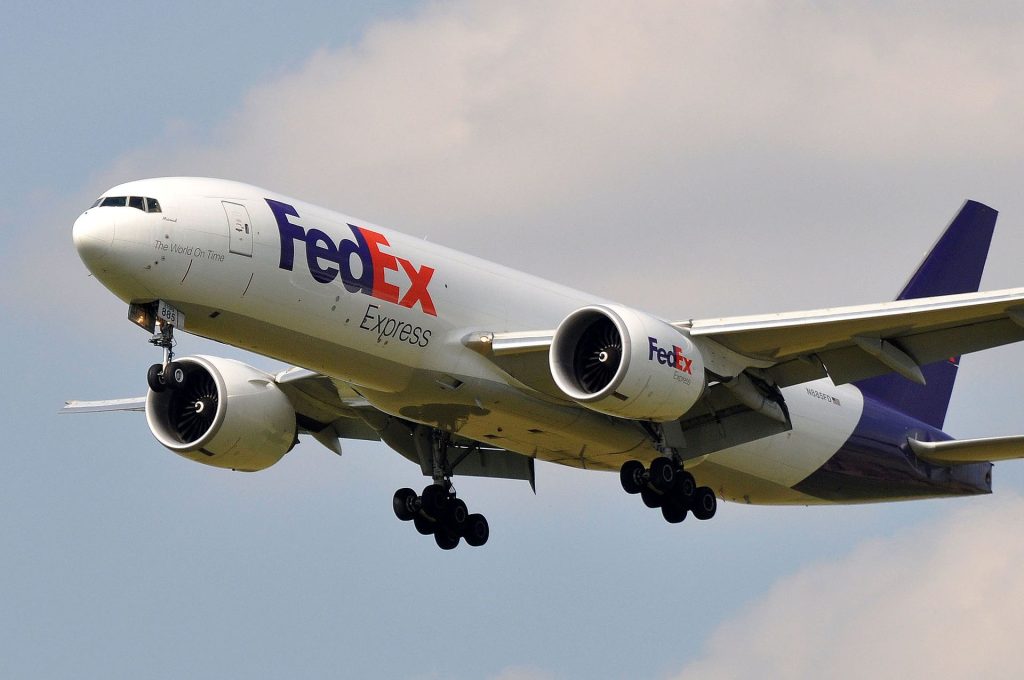Contents
Types of common cargo aircraft

History of Cargo aircraft
Importance of Cargo aircraft
Cargo Aircraft Types
Derivatives of non-cargo aircraft

Converting an airliner into a freighter involves adding a main deck cargo door, reinforcing floor beams, and replacing passenger amenities with cargo-friendly components. Specialized teams from Airbus and Boeing can extend the aircraft’s lifespan by 15–20 years. The 1996 conversion cost for an A300B4-200F was $5M, while in 2001, an A300-600F conversion was $8M. In 1994, an MD-11F conversion was $9M, and by 2007, a B767-300ERF conversion was $13M. In 2006, a Boeing 747-400 PSF conversion cost $22M, while the estimated cost for an A330-300 P2F in 2016 was $20M. Finally, a Boeing 777-200ER BCF conversion in 2017 was priced at $40M.
Dedicated civilian cargo aircraft
The dedicated air freighter offers a key advantage by being custom-designed for air freight requirements. It can optimize loading features, flooring, fuselage setup, and pressurization to enhance its mission. Additionally, it can capitalize on NASA’s ACEE findings, potentially leading to substantial reductions in operating costs and fuel consumption. However, the substantial upfront costs increase the aircraft’s price and its direct operating expenses, posing financial risks for investors. This is especially challenging given the competition with more cost-effective derivatives that have lower development costs and incorporate some of the cost-reducing technology.
Joint civil-military cargo aircraft
Joint development offers the advantage of shared development costs between civil and military sectors, potentially reducing the military’s need for additional aircraft by utilizing civil reserve planes during emergencies. However, drawbacks include imposed restrictions, shared consequences for both civil and military aircraft, and challenges in establishing an organizational structure for collaboration. Adapting military features for civil freighters and the additional weight each plane must bear compared to independent designs are also considerations.
However a considerable number of operators persist in using outdated aircraft, repurposing those unsuitable for passenger service, such as
- Boeing 707,
- Boeing 727,
- Douglas DC-8,
- McDonnell Douglas DC-10,
- McDonnell Douglas MD-11,
- Airbus A300,
- lyushin Il-76.
- Douglas DC-3, surpassing 80 years in service
. Short-haul turboprop airliners like the Antonov An-12, Antonov An-26, Fokker Friendship, and British Aerospace ATP undergo modifications, including the replacement of windows, reinforcing cabin floors, and installing a wide top-hinged door, enabling them to accommodate standard air freight pallets and extending their operational life span.

Benefits of Cargo Aircraft in transportation
- Aircraft are significantly faster than other modes of transportation. They can cover long distances in relatively short timeframes, making them ideal for time-sensitive cargo.
- Planes can access remote or distant locations, including areas with limited infrastructure. This enables the transportation of goods to almost any part of the world.
- Air cargo transportation minimizes transit time, crucial for perishable goods and time-sensitive deliveries. This can lead to lower inventory holding costs and quicker order fulfillment.
- Airlines adhere to strict schedules, ensuring regular and predictable cargo transport services. This reliability is beneficial for businesses with specific delivery timelines.
- Airports have stringent security measures in place, reducing the likelihood of theft or damage to cargo. Controlled access and advanced screening processes contribute to a secure transportation environment.
- Aircraft can transport a wide range of cargo types, including perishable goods, high-value items, and urgent medical supplies. The adaptability of aircraft in accommodating diverse cargo makes them versatile for various industries.
- Airports often have efficient customs clearance processes, reducing the time cargo spends in regulatory procedures. This can lead to faster delivery times compared to other modes of transportation.
- Air transport’s smoother ride and shorter transit times may allow for lighter and less robust packaging, potentially reducing overall shipping costs.
- Due to the controlled environment and set schedules of air transportation, businesses can better predict when their cargo will arrive, aiding in planning and inventory management.
- Aircraft can quickly deliver relief supplies, medical equipment, and humanitarian aid in emergency situations, providing rapid response to crises around the world.
See more:
- Shipping goods to New York
- Import Custom procedures in Importing country
- Dangerous goods: What you need to know

